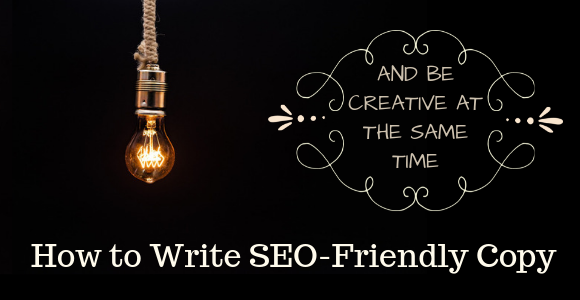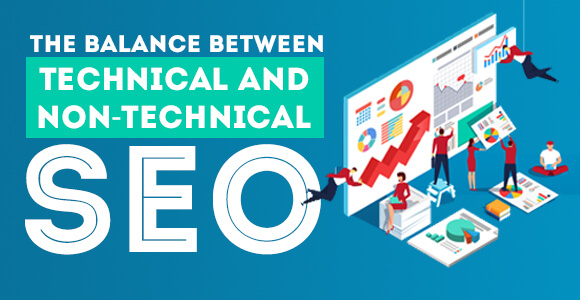Include a keyword in the title, include a keyword in your first paragraph, evenly distribute the external and internal links on your article, try to include a keyword in your headings… Does this sound familiar to you?
If you provide content writing services, you are probably bored to death with these “good SEO practices”. However, those tactics are older than the Internet, and the search engines are getting smarter by the day. New methods are discovered on a daily basis, SEOs do their best to come up with tips and tricks on how to write more SEO-friendly content, and it all ends up with a bunch of rules that might just kill your creativity. This leaves us with the question of how to follow these rules without stifling creativity? To answer that, we have to ask one more question, and namely:
Do you really need to blindly accept these “how to rank on Google” old wives’ tales?
No, you don’t have to. Actually, why don’t you ask Google? So far, they’ve been telling us to write as naturally as possible, yet people seem to close their eyes to it and try to implement a structure with which they’re already comfortable.
This is the most human thing to do. It’s like going beyond the speed limit in a certain area because you know it’s fine and you’ll go there faster without being penalized. Well, while getting from point A to point B in the fastest manner seems like the preferred thing to do for most people, reading better-ranked blog articles instead of more creative ones should not be the highly-preferred option.
Just think about that. How many times, while doing research on Google, have you clicked on the very first result and stopped there? If the topic meant something to you, you probably went through the first 5 pages, didn’t you?
So, instead of focusing on SEO Writing, focus on User-Friendly Writing!
In order to do that, we have to go back to the origins of writing… Nowadays, people write for the sake of writing and are not telling a story. People know that fresh content is good content, and as long as this content is unique and includes all the right keywords, it is good for business, it’s good for Google, and probably good for the users. What else can a person ask from a content writing service provider, right?
And since those users are so used to reading the same spun content over and over, their expectations are lower, and modern content writers are taking advantage of it. Actually, some of them are not doing it on purpose, they have just learned to write this way, and this is the only way of writing they know. This is so because modern content writers have neither the practice nor the theoretical knowledge of literature, and they don’t have to…
Or do they..?
In my opinion, all writing experience helps, the more the better. Yes, stop with this “less is more” cliche. Don’t get me wrong, I love minimalism, but people are overusing it. Every time I read this, I hear Eddie Vedder singing “But if less is more, how you’re keeping score”.
Think about that…
In other words, content writers should at least have a basic understanding of how literature works. The question now is, what is literature and how to write good literature? One way of answering it would be:
Great literature should be successful in form, diction, fluidity, and clarity.
But then again, does the Service Page for your plumbing clients necessarily need to be successful in form, diction, fluidity, and clarity? Probably not…
And yet again, your blog posts should be. At least to some extent…
My advice? Read as much as you can. Both great literature and great blog posts. Take notes and then practice. Write until your fingers hurt and then write some more, publish your articles on different platforms, be open to criticism, don’t get discouraged by bad reviews, and improve.
As long as you’re not violating Google’s policies and you come up with unique content, you should be just fine. The more user-engaging your content is, the better!









